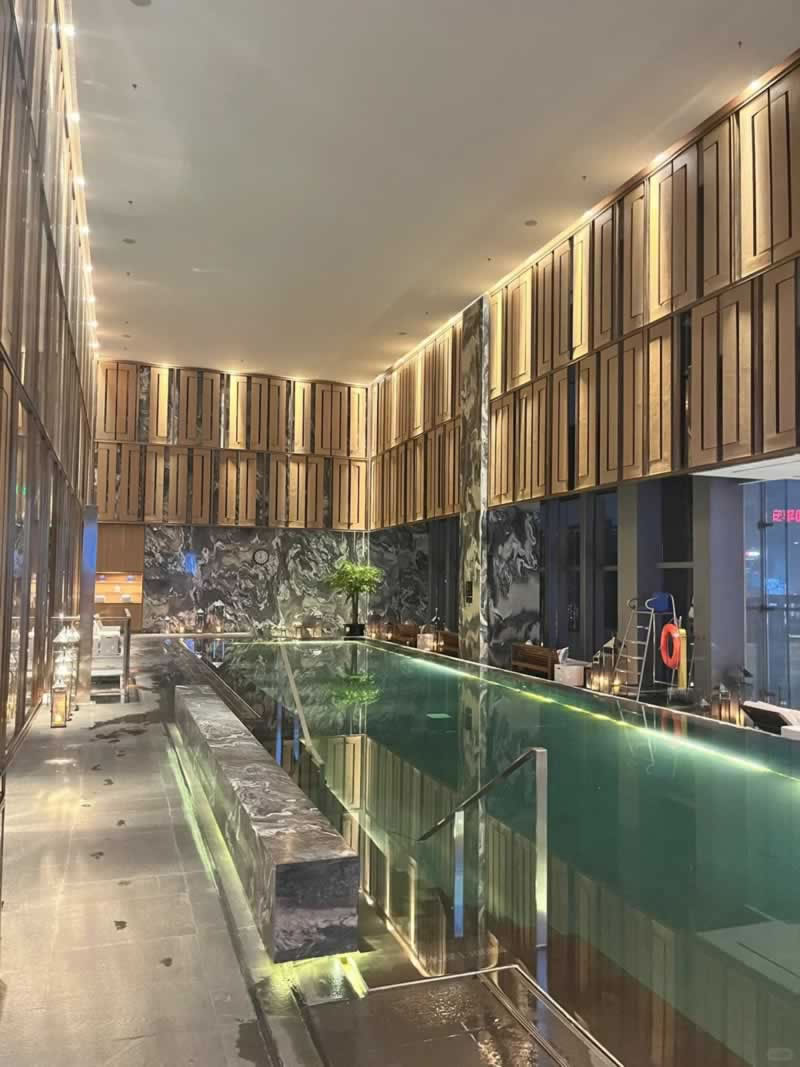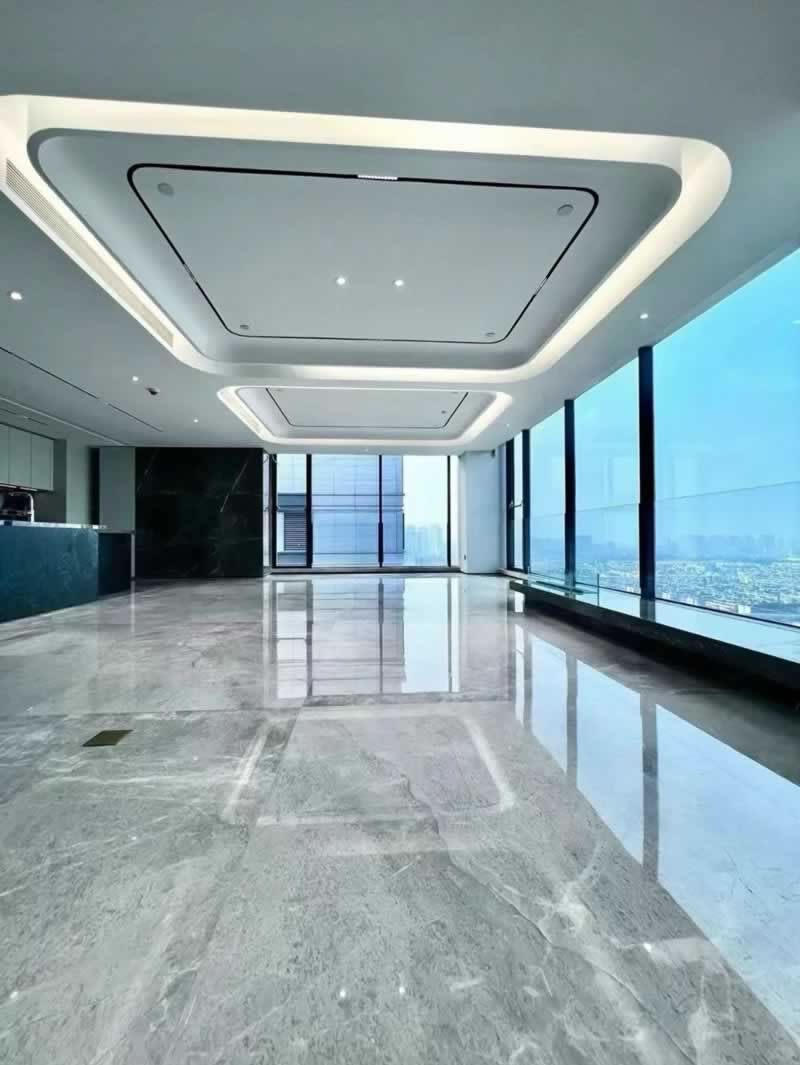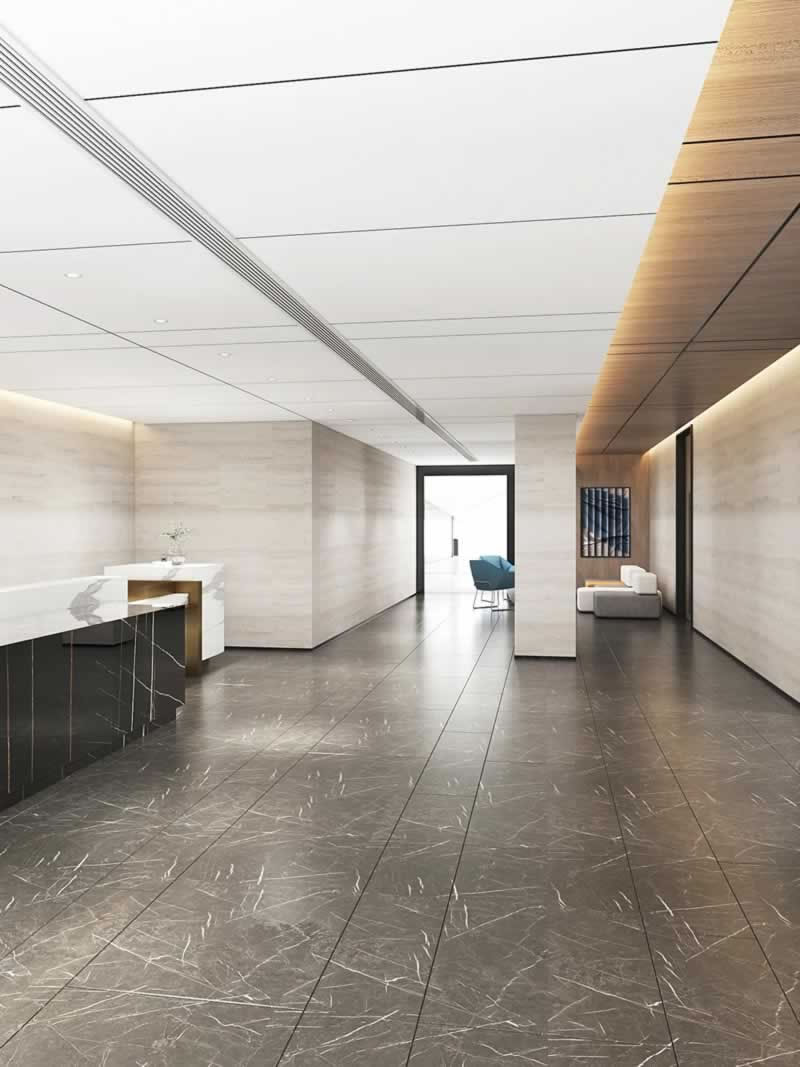Sustainable Stone for Hotels – Eco-Conscious Luxury for Hospitality Design
Hotels worldwide are embracing natural and engineered stone that combines elegance with sustainability. From lobbies to spas, here’s how to integrate eco-friendly stone into hospitality projects.1. Why Choose Sustainable Stone for Hotels?
LEED Certification – Contributes to green building credits.Low Carbon Footprint – Locally sourced or recycled materials.
Durability – Reduces replacement waste over decades.
Recyclable – Stone can be repurposed at end-of-life.
2. Top Sustainable Stone Options
① Reclaimed Stone
- Sources: Old buildings, bridges, or repurposed quarry remnants.
- Best For: Feature walls, lobby flooring (adds heritage charm).
- Example: Reclaimed French limestone for a boutique hotel facade.
② Locally Sourced Natural Stone
- Reduce Transport Emissions: Use regional quarries (e.g., Texas limestone for U.S. hotels).
-
Popular Choices:
- Sandstone (India, Middle East).
- Basalt (Pacific Northwest, Iceland).
③ Engineered Stone with Recycled Content
-
Materials:
- Recycled Quartz (up to 30% crushed waste stone + resin).
- Terrazzo (recycled glass/marble chips in cement or epoxy).
- Best For: High-traffic areas (bars, reception desks).
④ Low-Porosity Stones (Reduces Chemical Sealing)
- Granite (naturally stain-resistant).
- Quartzite (harder than marble, minimal maintenance).
3. Key Hotel Applications
① Lobby & Reception
- Flooring: Polished reclaimed marble or terrazzo.
- Feature Walls: Fossilized limestone (natural texture).
② Guest Rooms & Suites
- Bathrooms: Recycled porcelain tiles (mimics marble).
- Vanities: Certified sustainable quartz (non-porous, hygienic).
③ Restaurants & Bars
- Countertops: Recycled glass countertops (color customization).
- Backsplashes: Salvaged slate tiles.
④ Spas & Wellness Centers
- Walls/Floors: Honed travertine (nonslip, calming aesthetic).
- Steam Rooms: Tadelakt (limestone plaster) – No synthetic sealants.
⑤ Outdoor Spaces
- Pool Decks: Thermal-finished basalt (cool underfoot).
- Pathways: Permeable sandstone pavers (reduces runoff).
4. Sustainable Certifications to Look For
- Declare Label (Red List-free materials).
- Cradle to Cradle (C2C) Certified stone.
- EPD (Environmental Product Declaration) for carbon footprint data.
5. Cost Comparison
| Material | Cost (USD/sq. ft.) | Eco-Benefit |
|---|---|---|
| Reclaimed Marble | 60 | Zero new quarrying |
| Recycled Quartz | 100 | 30% post-industrial waste |
| Local Sandstone | 45 | Low transport emissions |
| Terrazzo | 80 | Upcycled glass/marble chips |
6. Design Tips for Sustainability
✔ Modular Sizing – Reduce cutting waste.✔ Dry-Stack Installation – Avoid chemical adhesives.
✔ Natural Finishes – Skip synthetic sealants (use plant-based alternatives).
"A sustainable hotel isn’t just eco-friendly—it tells a story through its materials."











